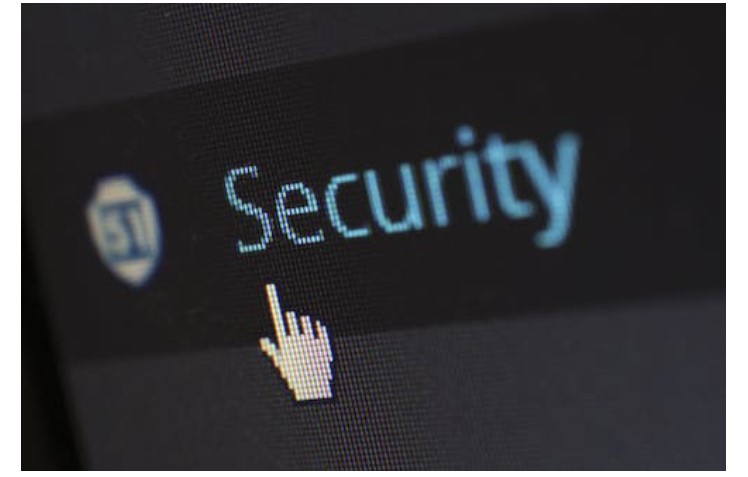In the fast-evolving landscape of cybersecurity threats, one menace has become particularly notorious for its devastating impact on businesses – ransomware. Characterized by its ability to encrypt critical data and demand a ransom for its release, ransomware attacks have grown in frequency and sophistication, posing a severe threat to enterprises of all sizes. As businesses increasingly digitize their operations and store sensitive information online, the need for robust enterprise ransomware protection has never been more urgent.
Understanding the Ransomware Threat
Ransomware attacks typically begin with malicious software infiltrating a network, often through phishing emails or exploiting vulnerabilities in outdated software. Once inside, the malware encrypts files, rendering them inaccessible to the rightful owners. To mitigate the risk of such incidents, organizations need robust enterprise ransomware protection. Attackers then demand a ransom payment, usually in cryptocurrency, in exchange for the decryption key. The consequences of such attacks can be catastrophic, ranging from financial losses to reputational damage and operational disruptions.
The Rising Tide of Ransomware Attacks
Recent years have witnessed a surge in ransomware attacks, affecting businesses across various industries. High-profile cases have highlighted the indiscriminate nature of these threats, targeting multinational corporations, small and medium-sized enterprises (SMEs), and even critical infrastructure providers. The financial motivation behind ransomware attacks has attracted sophisticated cybercriminals, forming a lucrative underground economy that continues to evolve.
The Cost of Inaction
The financial toll of ransomware attacks extends beyond the ransom payments. Businesses must also contend with the cost of downtime, data recovery efforts, legal consequences, and reputational damage. The ripple effects can be felt for months or even years, impacting the bottom line and eroding trust among customers and stakeholders. In the face of such consequences, investing in comprehensive enterprise ransomware protection is not just a security measure but a strategic imperative.
Key Components of Enterprise Ransomware Protection
- Robust Endpoint Security: Securing individual devices and endpoints is critical in preventing the initial entry points for ransomware. Implementing advanced antivirus software, intrusion detection systems, and endpoint detection and response (EDR) solutions can fortify the defense against malicious software.
- Regular Backups and Recovery Planning: A robust backup strategy is a fundamental component of ransomware protection. Regularly backing up critical data ensures that businesses can recover quickly in the event of an attack. Additionally, having a comprehensive recovery plan in place helps minimize downtime and streamline the restoration process.
- Employee Training and Awareness: Human error remains a significant factor in the success of ransomware attacks. Providing employees with cybersecurity training and fostering a culture of awareness can significantly reduce the likelihood of falling victim to phishing attempts and other social engineering tactics.
- Patch Management: Keeping software and systems up-to-date is crucial in closing potential entry points for cybercriminals. Regularly applying security patches and updates helps eliminate vulnerabilities that attackers may exploit.

Conclusion: A Proactive Defense Against Ransomware
As the threat landscape continues to evolve, enterprises must adopt a proactive stance in safeguarding their digital assets against ransomware attacks. The cost of inaction is simply too high, both in financial terms and in terms of the potential damage to a company’s reputation and operational continuity. By investing in a multifaceted approach that combines advanced technology, employee education, and meticulous planning, businesses can create a formidable defense against the growing menace of ransomware. In an era where data is the lifeblood of enterprises, protecting it from malicious threats is not just a cybersecurity measure but a strategic imperative for long-term success.

